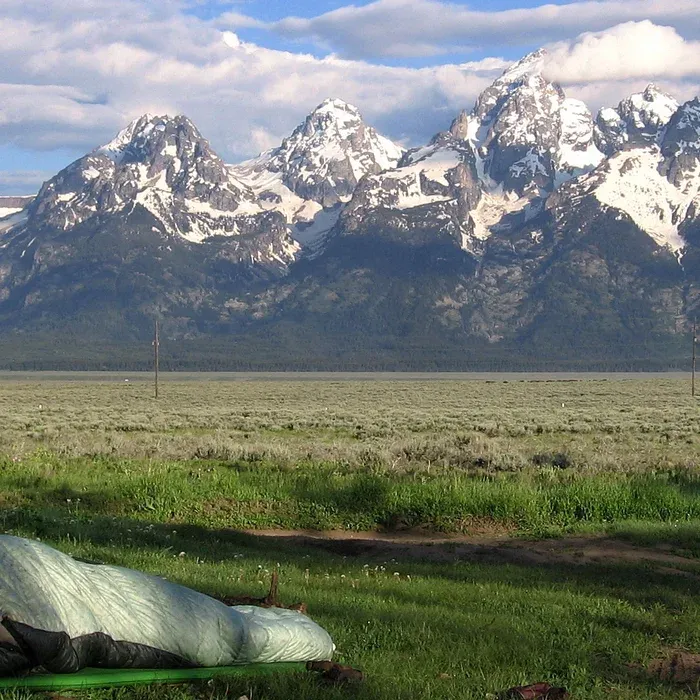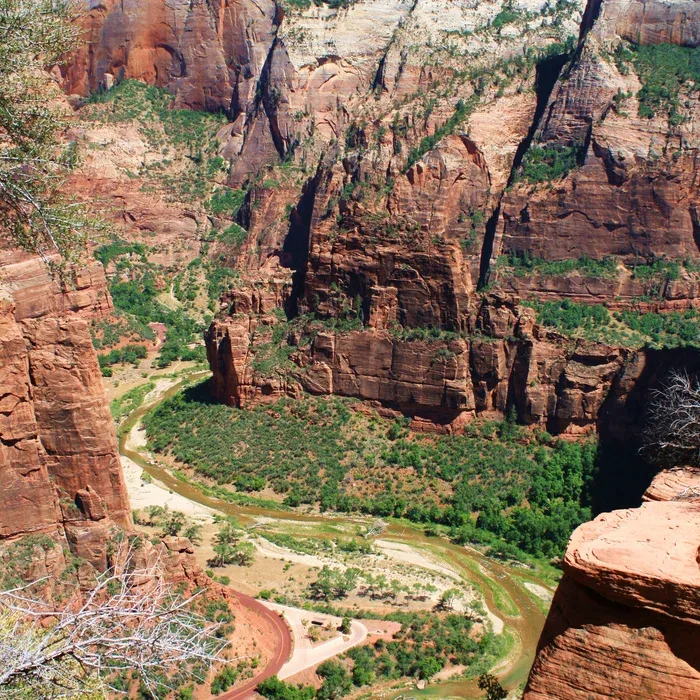Gates Of The Arctic National Park
Gates of the Arctic National Park is located in the remote and rugged Brooks Range of northern Alaska. It is the second largest national park in the United States and is characterized by its pristine wilderness, vast expanses of tundra, and towering mountain peaks. The park is home to a variety of wildlife, including grizzly bears, wolves, and caribou. Visitors can enjoy backcountry hiking, river rafting, and wildlife viewing in this remote and untouched landscape. The park is also a popular destination for those seeking solitude and a true wilderness experience.

Gates of the Arctic National Park and Preserve is a remote and wild expanse of untouched wilderness located in the northernmost region of Alaska. Established in 1980, the park covers over 8 million acres, making it the second largest national park in the United States. The park is named after the pair of mountain passes, known as the "Gates," which serve as the entryway to the Brooks Range, the northernmost mountain range in Alaska.
The park is characterized by its rugged, mountainous terrain, vast expanses of tundra, and numerous rivers and lakes. It is home to a diverse range of wildlife, including grizzly bears, wolves, Dall sheep, caribou, and moose. The park also supports a variety of bird species, such as golden eagles, peregrine falcons, and gyrfalcons.
One of the most unique aspects of Gates of the Arctic National Park is its lack of established trails and roads. The park is one of the few remaining places in the world where visitors can experience true solitude and isolation in a pristine natural environment. There are no roads or visitor facilities within the park, and access is limited to foot, boat, or small aircraft. This makes it a haven for those seeking a true wilderness experience, away from the crowds and distractions of modern life.
The park is also known for its extreme weather conditions, with temperatures ranging from extreme cold in the winter to warm and sunny in the summer. The park's remote location and harsh climate make it a challenging destination for even the most experienced outdoor enthusiasts. Visitors to the park must be well-prepared for the elements, and should be equipped with the necessary survival skills and gear to ensure their safety.
Despite its remote and rugged nature, Gates of the Arctic National Park offers a wide range of recreational activities for visitors to enjoy. Hiking is a popular activity, with countless miles of unmarked trails to explore. The park's terrain varies from gentle tundra to steep, rocky mountains, providing options for hikers of all skill levels. Backpacking and camping are also popular activities, allowing visitors to immerse themselves in the park's stunning natural beauty and experience the solitude of the wilderness.
For those with a sense of adventure, the park offers opportunities for backcountry skiing, snowshoeing, and mountaineering in the winter months. The park's rivers and lakes provide ample opportunities for fishing, boating, and paddling, allowing visitors to explore the park's waterways and catch a glimpse of its diverse aquatic wildlife.
In addition to its recreational opportunities, Gates of the Arctic National Park is also a place of cultural and historical significance. The park is home to several indigenous groups, including the Inupiat and Athabascan people, who have lived in the region for thousands of years. Visitors to the park can learn about the rich history and traditions of these native cultures, as well as the impact of European exploration and settlement on the region.
The park is also home to a number of significant archaeological sites, including ancient campsites and petroglyphs that provide insight into the lives of the people who have called the region home for centuries. These sites are a reminder of the deep connection between the land and its native inhabitants, and the importance of preserving and protecting the park's natural and cultural resources.
Gates of the Arctic National Park and Preserve is a place of unparalleled natural beauty and ecological significance. Its vast, untouched wilderness provides a rare opportunity for visitors to experience the true splendor of the Alaskan wilderness, and to connect with the land in a profound and meaningful way. For those seeking a true wilderness adventure, the park offers an unforgettable experience that is sure to leave a lasting impression.






